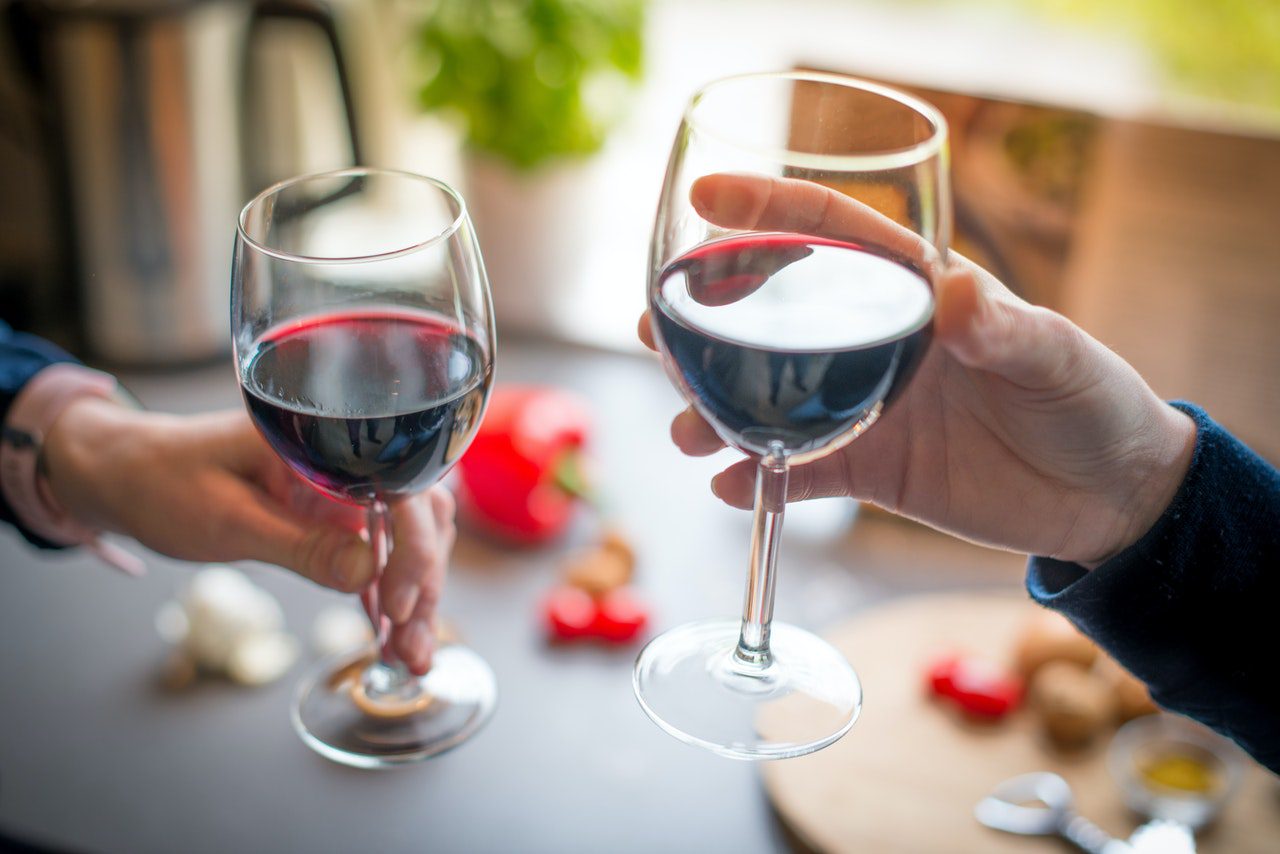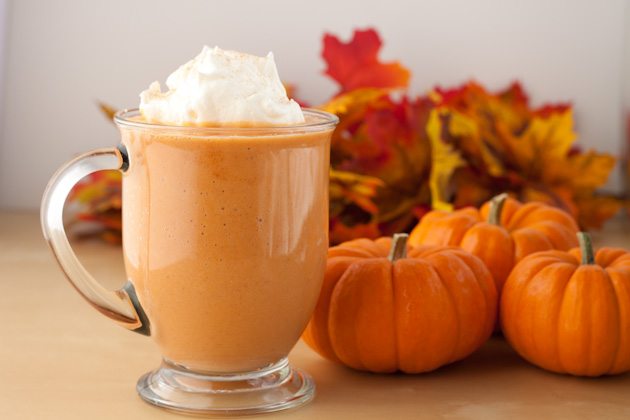Before we start with the heart of our article, let’s first take a small step back and recap what it is for those just approaching CBD.
CBD is a well-known cannabinoid, an active ingredient extracted from the inflorescences of hemp Sativa, a variety of the plant, containing a very low percentage of THC but high percentages of CBD.
Also, you can now legally buy CBD oil, CBD flower and one of the best CBD shop is Justbob.
Best CBD use
One of the simplest and most direct ways to take cannabidiol is through oil, a natural product consisting of extra virgin olive oil with the addition of CBD, at different percentages (5%, 10%, 20%).
This product is widely used to cure or soothe body dysfunctions or mitigate mood disorders: stress, sleep disturbances, anxiety and depression.
Its active ingredient regulates the organism and restores its natural balance, favouring the regularity of physiological processes. Because of the properties of CBD oil can also be given as a supplement to promote and improve the body’s natural balance.
The way of taking CBD oil usually takes place sublingually, but since it is edible oil, it can also be consumed orally.
Why use CBD oil in cooking?
The first answer to the question lies in the flavour of CBD. For people who are not used to the consumption of cannabidiol, the aroma and flavour of the substance are bitter and not very pleasant to the palate; ingesting CBD along with other foods can mask the unpleasant taste and enjoy all the benefits of the substance.
There are also advantages to cooking with CBD oil, which is linked precisely to the duration of the effects. For example, some studies have shown that taking CBD orally guarantees a longer duration of the effects.
However, some disadvantages must be kept in mind: still speaking of the effects, it must be remembered that if, on the one hand, they last longer, however, there is a delayed manifestation.
This factor leads some consumers to increase the doses, hoping to perceive the effects more quickly.
However, this solution is wrong—the reason why the effects of CBD delay in manifesting is directly connected with oral intake.
CBD oil must wait for it to pass through the digestive tract before it can reach the blood. In the case of sublingual intake, this process does not occur, and the information about the substance is facilitated, so the effects are felt immediately.
There are two other minor disadvantages that can be annoying: CBD oil must be consumed cold and cannot be cooked since having a low smoke point. As a result, it could develop toxic substances or otherwise be ruined.
Compared to traditional oil, CBD oil must be kept in the fridge because the low temperatures help preserve the terpenes and essential cannabinoids better. Once opened, the oil must be consumed within 30 days.
Add the CBD oil after each dish is cooked
If CBD oil cannot be cooked, it does not mean it cannot become a good ingredient after cooking.
Prepare your recipe as you always have, and at the end, add the CBD oil directly to the sauce or pour a small dose on your freshly cooked dish.
In this way, the heat will not be sufficient to deteriorate the CBD nor favour the extraction of free radicals.
Use CBD oil in fatty dishes.
It seems like an “incitement” to take fat, but this is not the purpose. As we know, too fatty foods are bad, but they are also low in the water. The problem with CBD is that it is hydrophobic and repels water, and binds well with fats.
This means that taking a few drops of oil with a fatty dish will favour the intake of CBD in the body.
To take CBD, you DO NOT have to go to the kitchen full of fat, but be careful to add it to dishes that contain a little fat and less water, which we usually eat every day: for example, fish rich in omega 3 such as salmon, tuna or other fatty fish. Also, consuming whole or Greek yoghurt is suitable for a few drops of the product.
You can also associate it with high-fat fruit such as bananas, coconut, avocado, etc.
Instead, avoid mixing it in drinks like tea or other sodas that consist primarily of water.
Respect the recommended dose
Cooking with CBD oil doesn’t give you the green light to dose the substance. Therefore, stick to the recommended dose, especially if you have asked your doctor for advice.
CBD oil in dishes
As we have already specified, even if you cannot prepare sautéed with CBD oil, adding it at the end of cooking a sauce, or directly on the dish is still possible.
For example, you can proceed with the standard pasta dressing and then add a few drops of CBD oil or add it to a vegetable puree if it is very full-bodied and not very rich in water.
Recommended foods always contain a little fat, such as fish, meat, cheese, eggs, potatoes and legumes.
CBD oil and smoothies
Indeed, drinking fruit or vegetable-based drinks is a great way to take vitamins and minerals essential for our body. Adding a few drops of CBD can only complete the authenticity of the drinks.
Being fresh or low-temperature in nature, these foods are great for keeping CBD intact.
Be careful not to choose only fruits and vegetables rich in water; otherwise, the CBD will struggle to bind. Moreover, even the oil itself refuses the bond with water.







